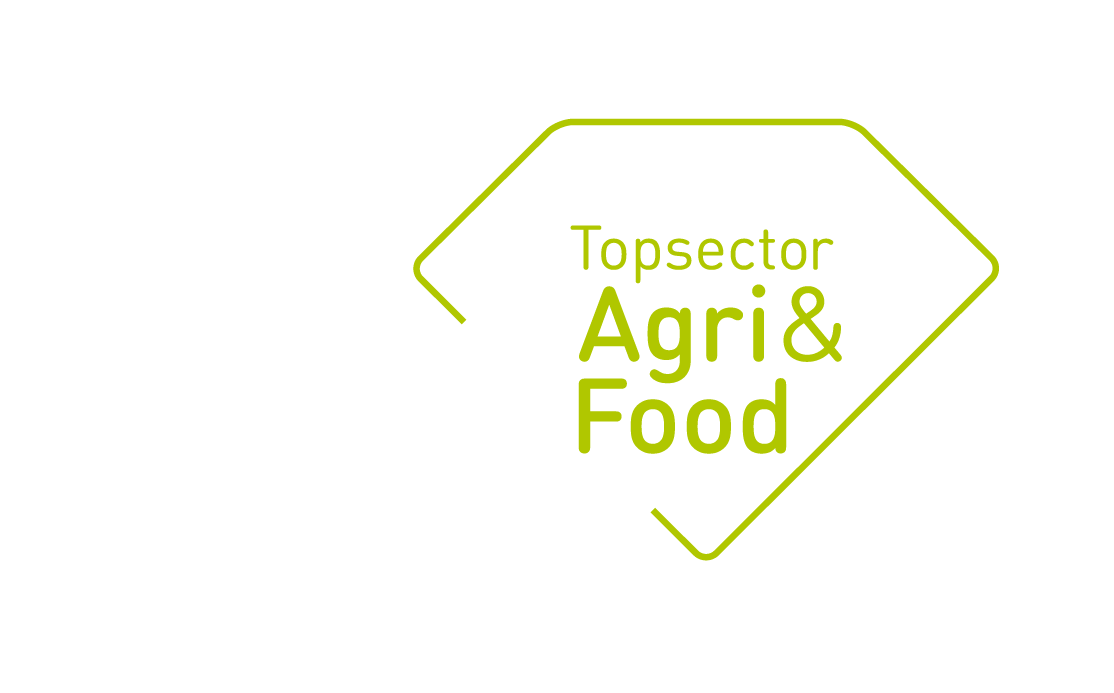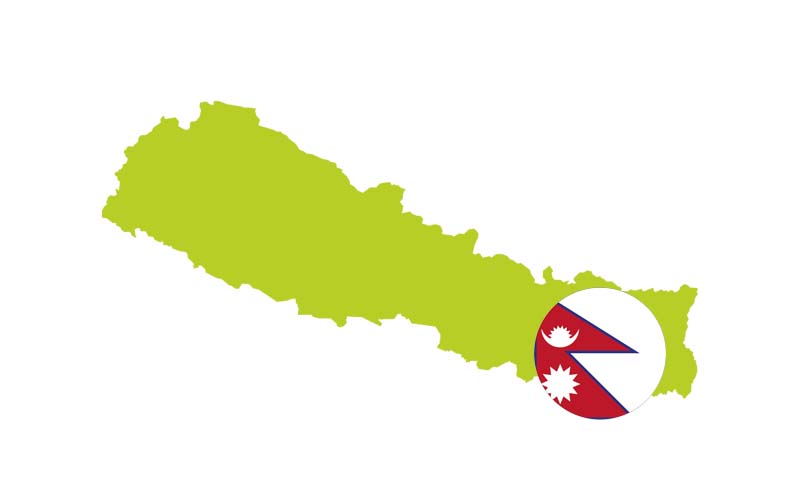Project title: Greenhouse design for climate conditions in the Kathamandu Valley of Nepal
Project number: SMP-2009
Requesting country: Nepal
Year: 2020
Budget: € 40,000
Project leader: Esteban Baeze
Knowledge institute: Wageningen University & Research
Project partners: Beek Advisory Services, Enza Zaden, Eurofins, Hyplast, Gitzels Plant, Koppert Biological Systems, Ludvig Svensson, Ministry of Agriculture and Development-Nepal, N-Agro Pv, Priva, PUM, SHR, Van der Knaap rooting/growing, VDH Foliekassen
Summary
In Nepal vegetable production meets a high pressure of plagues and diseases so high amounts of plant protection chemicals are applied resulting in low food safety. Moreover, great part of these chemicals are emitted to the environment and affect labourers health. There is great need for safe foods not only for the Nepalese population but also for the many tourists visiting the country. Greenhouses enable vegetable production in closed and controlled environment with high production level and low pressure of plagues and diseases. However, greenhouse production in Nepal is in its infancy state though the Nepalese climate in the moderate height regions of about 1000-1500 m is well suited for greenhouse production. Many growers apply rain shields over their crop, but these systems are still open, and the grower is not able to control the greenhouse climate and pest & diseases in any way. So, production levels are low, and pressure of plagues and diseases is still high. With support via subsidies from the Nepalese government, trying to stimulate greenhouse production, some more closed greenhouses were imported from India, but the growers meet great problems. This is due to overheating while these greenhouses were designed for more windy climate conditions. The Nepalese climate during most of the year can be characterised by very low wind speeds, especially in the morning and the ventilation system together with the greenhouse geometry must be adapted to this condition to prevent overheating. Therefore, it is urgent to develop the knowledge to design simple and sustainable greenhouse systems adapted to the local Nepalese climate conditions allowing the development of Nepalese greenhouse production of safe foods with high production level at low environmental emissions and improved labourers health.
Deel dit bericht


